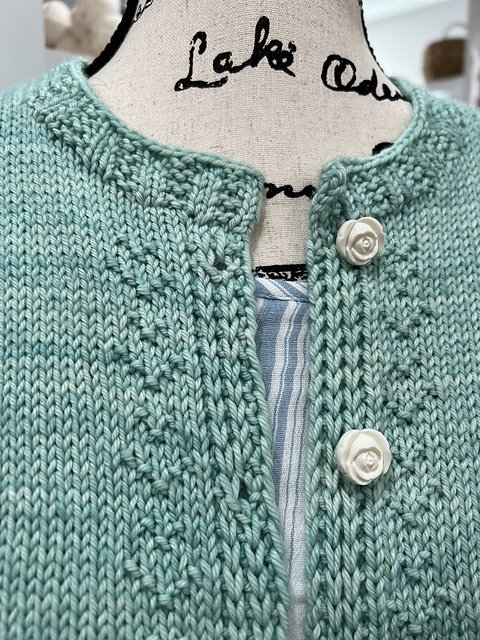 Image 1 of 11
Image 1 of 11

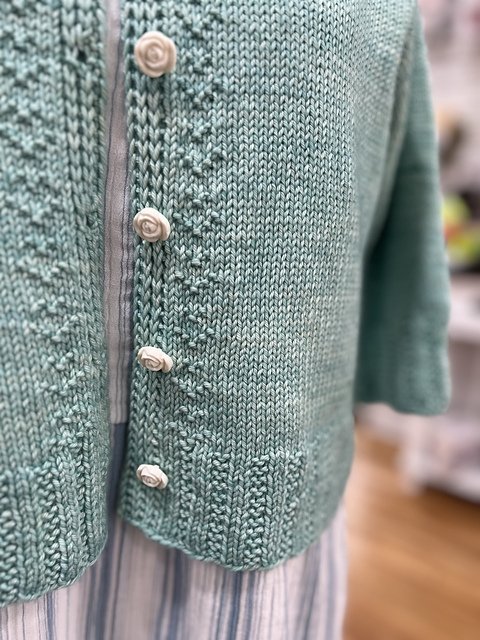 Image 2 of 11
Image 2 of 11

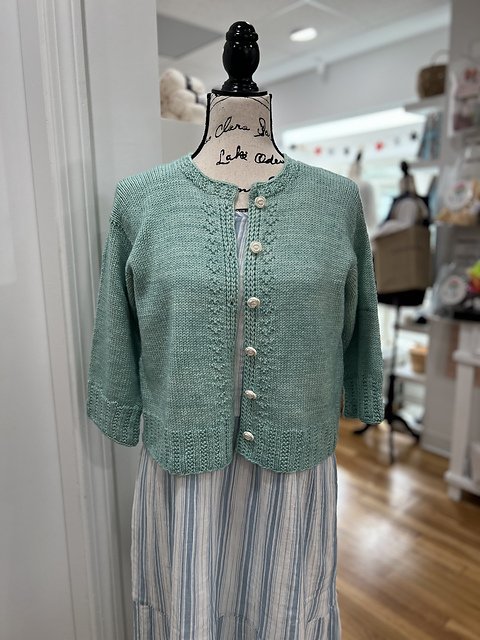 Image 3 of 11
Image 3 of 11

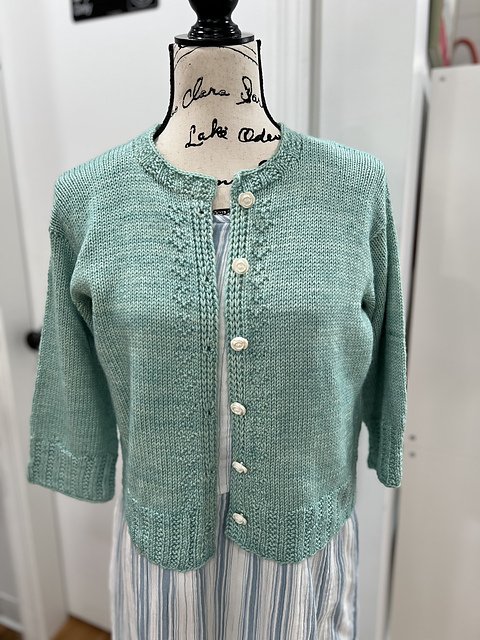 Image 4 of 11
Image 4 of 11

 Image 5 of 11
Image 5 of 11

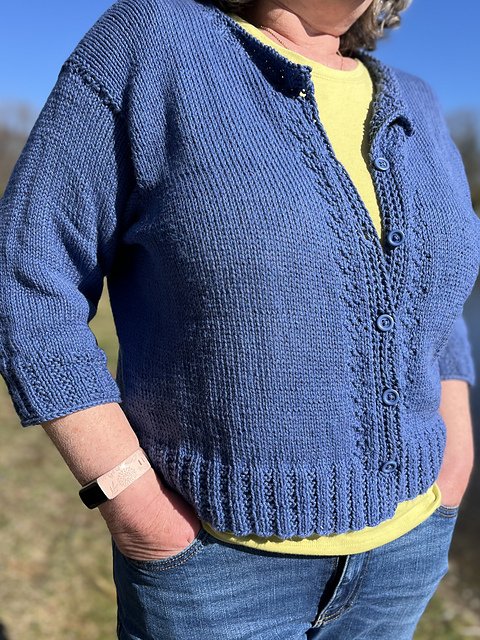 Image 6 of 11
Image 6 of 11

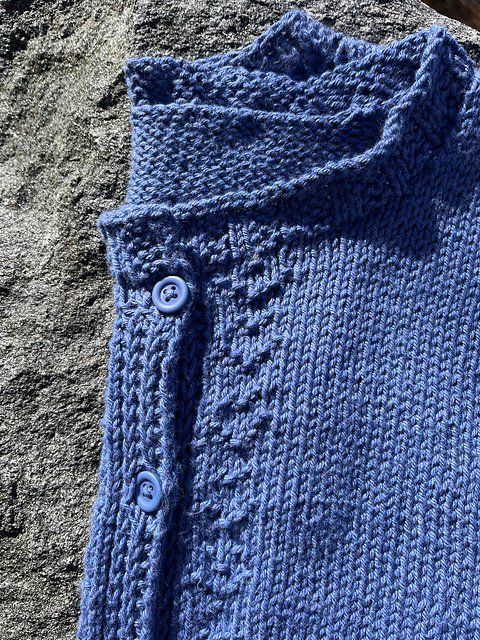 Image 7 of 11
Image 7 of 11

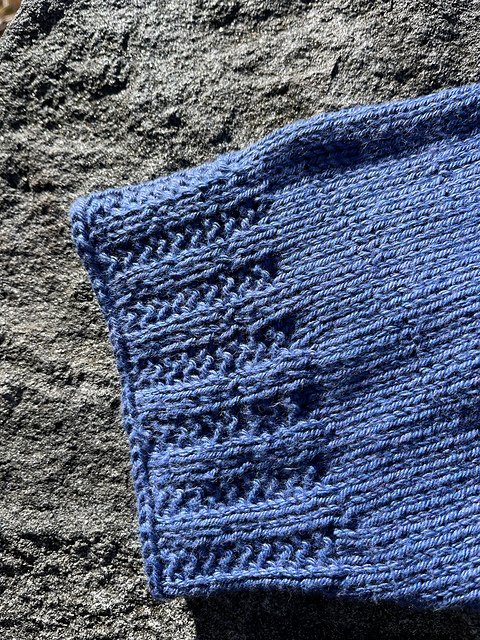 Image 8 of 11
Image 8 of 11

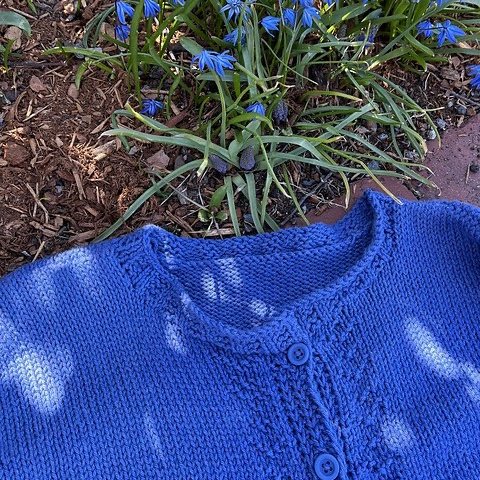 Image 9 of 11
Image 9 of 11

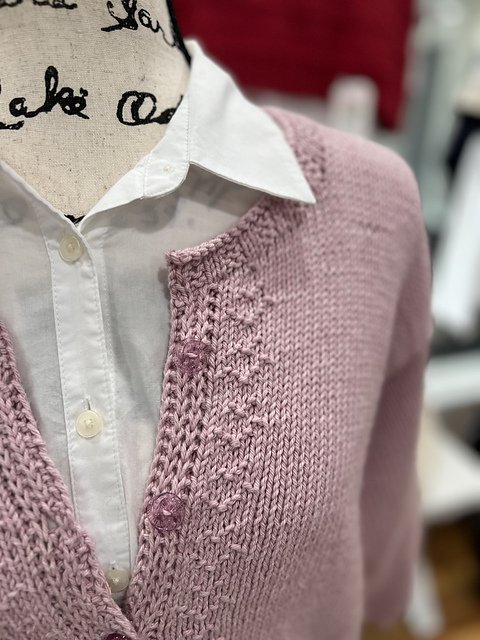 Image 10 of 11
Image 10 of 11

 Image 11 of 11
Image 11 of 11












Village Common Cardigan
Like many children growing up in New England, I recall visiting Boston Common and the Public Gardens. My mother explained that prior to the mid 1800’s, the the Common was primarily used as a pasture for grazing livestock and cows! Over the years, village commons became a hub for sharing common goods, farmer’s markets, and gatherings, as well as a fine spot to picnic, relax and play.
Mom always reminded me to grab a cardigan on the way out the door… Village Common Cardigan is absolutely the one I’ll take with me and wear; it’s perfect for dressing up or heading out to the Common to hang out with family and friends!
Like many children growing up in New England, I recall visiting Boston Common and the Public Gardens. My mother explained that prior to the mid 1800’s, the the Common was primarily used as a pasture for grazing livestock and cows! Over the years, village commons became a hub for sharing common goods, farmer’s markets, and gatherings, as well as a fine spot to picnic, relax and play.
Mom always reminded me to grab a cardigan on the way out the door… Village Common Cardigan is absolutely the one I’ll take with me and wear; it’s perfect for dressing up or heading out to the Common to hang out with family and friends!
Like many children growing up in New England, I recall visiting Boston Common and the Public Gardens. My mother explained that prior to the mid 1800’s, the the Common was primarily used as a pasture for grazing livestock and cows! Over the years, village commons became a hub for sharing common goods, farmer’s markets, and gatherings, as well as a fine spot to picnic, relax and play.
Mom always reminded me to grab a cardigan on the way out the door… Village Common Cardigan is absolutely the one I’ll take with me and wear; it’s perfect for dressing up or heading out to the Common to hang out with family and friends!
Recommend solid or tonal yarn to best demonstrate texture.
Cardigan is worked flat from the hem upwards to armholes.
Back and Fronts are worked flat from armholes to shoulder and finished with 3 needle bind off.
Sleeve stitches are picked up and knit in the round from shoulder to cuff and offer 3/4 length or long sleeve options.
Body of cardigan features a broken ribbed hem, integrated Button Band with adjacent Grass texture pattern.
Markers are placed to provide guidance and ease for following pattern and may be removed once pattern is established except where noted.
Slip all markers when you come to them.
Cardigan is complemented by broken ribbed neckband.
Bind off all sts knitwise on RS rows and purlwise on WS rows, unless otherwise noted.
Pattern includes notes for modifications.
Any modifications will effect yardage.
Difficulty/Skills Required: Level: Intermediate.
Knit, Purl, Long Tail and Knitted cast on methods, Knitting in the round.
Yarn Weight:
Worsted/light worsted, DK
Notions:
Tapestry needle, Stitch holders or waste yarn, 6 (6, 6, 7, 7) (7, 7, 8, 8, 8) buttons (0.75” / 2 cm in diameter)
Gauge: All gauges are calculated per 4” / 10 cm finished, blocked fabric, using gauge needles. Stockinette: 20 sts and 28 rows/rnds
Broken rib: 20 sts and 36 rows / rnds.
Suggested Yarns:
Berroco Pima 100 (100% Pima Cotton); 219 yds / 200 m per 3.5 oz / 100 g skein
Malabrigo Rios (100% Merino Wool); 210 yds / 192m per 3.53 oz / 100 g skein.
Dirty Water Dyeworks Marybelle DK (100% Non-Superwash Highland Wool); 246 yds / 225 m per 3.53 oz / 100 g skein.
Yarn shown: Berroco Pima 100; 8471 / Hydrangea
Chest circumference, worn closed: 34.5 (37.5, 41.5, 44.75, 48.75) (52, 56, 59.25, 63.25, 66.5)” / 87.5 (95.5, 105.5, 114, 124) (132, 142, 150.5, 160.5, 168.5) cm
Yardage:
690 (760, 870, 985, 1040) (1145, 1225, 1340, 1440, 1590) yds / 631 (695, 796, 901, 951) (1047, 1120, 1225, 1317, 1454) m with 3/4 Length Sleeves.
Add 50–75 yds (46–69 m) if working Long Sleeves.
Needle Size: US 7 / 4.5 mm. Both sizes in 32” / 81 mm needle for body and preferred method for working small circumferences (Magic Loop or DPNs) for sleeves.
Use the needle size that allow you to meet gauge.
Tech Editing and Grading: Annie B. Lin